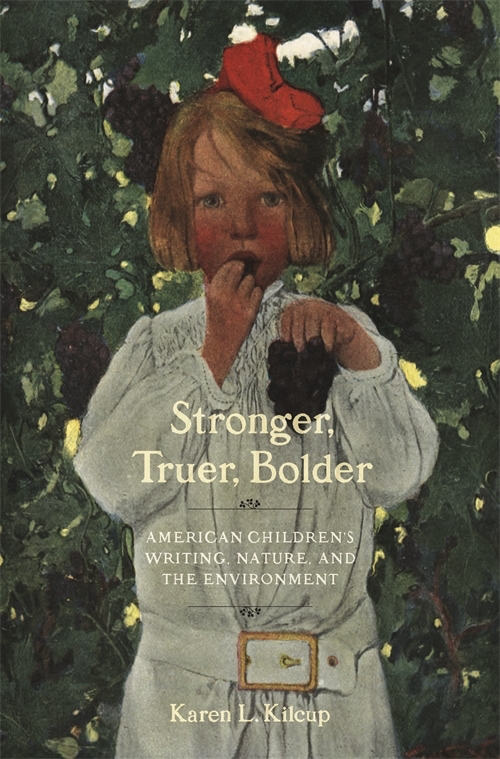 Almost all well-known, 19th-century writers, from Harriet Beecher Stowe to Nathaniel Hawthorne, and many not so famous, wrote literature for children. Many of these writers contributed regularly to children’s periodicals, and many delved into nature writing, responding to the century’s social and cultural changes. The appreciation of the natural wonders of the U.S. merged with children’s personal growth. Children’s journals extended beyond just informing the next generation; they were also intended to delight and entertain. Although much of children’s literature was aimed at conservative, mostly white, middle-class families, some options allowed children and their parents an imaginative escape from restrictive societal norms.
Almost all well-known, 19th-century writers, from Harriet Beecher Stowe to Nathaniel Hawthorne, and many not so famous, wrote literature for children. Many of these writers contributed regularly to children’s periodicals, and many delved into nature writing, responding to the century’s social and cultural changes. The appreciation of the natural wonders of the U.S. merged with children’s personal growth. Children’s journals extended beyond just informing the next generation; they were also intended to delight and entertain. Although much of children’s literature was aimed at conservative, mostly white, middle-class families, some options allowed children and their parents an imaginative escape from restrictive societal norms.
“Stranger, Truer, Bolder” covers an era that originally saw children more as a means for labor, and the book evaluates the fluctuating pedagogical yearning with regard to nature and the environment through timely changes, like the emergence of the U.S. as an industrial power. Author Karen L. Kilcup exemplifies how children’s literature echoed those transformations in various ways. In its earliest manifestations, it taught kids (and their parents) facts about the natural world and about proper behavior. But more importantly, as writing for children progressed, this genre increasingly promoted children’s environmental agency and saw their potential impact on concerns, be they animal rights or conservation and environmental justice. This type of understanding of and engagement with nature not only propelled children toward ethical adulthood but also formed a foundation for responsible American citizenship.


